New year, new project. And why not? After all, what else is there to do during these cold, dark evenings and wet weekends – and if it takes your mind off your diet or latest exercise regime, then that’s an added bonus… But there’s a few questions to ask first before diving in and buying an unfinished project…
1. Is it what you want?
There’s nothing more soul destroying than taking on the challenge of restoring a car, only to realise further down the line that it’s not really what you want. So the first question needs to be, is this really what you are after? Don’t buy a Bus if you really wanted a Beetle and don’t take on a new project just because a mate’s got bored with doing it themselves, or it’s cheap.
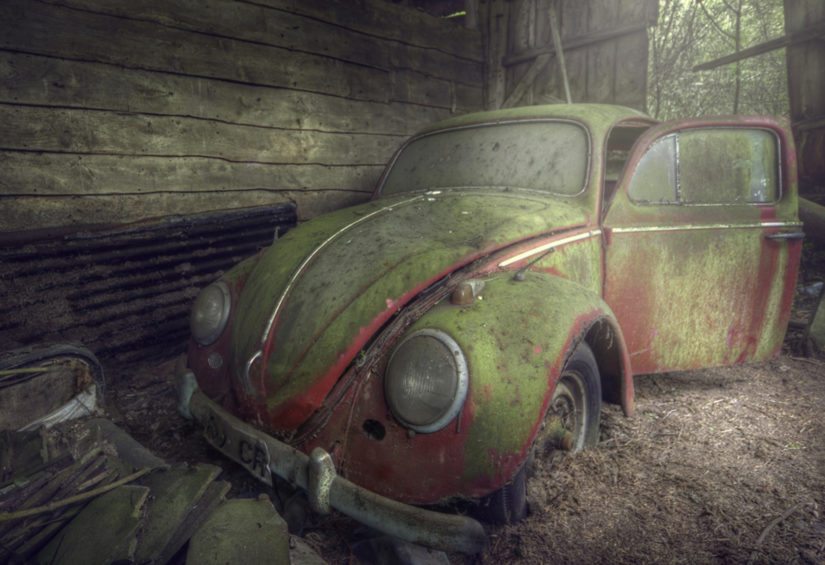
2. Is there a deadline?
Usually people selling unfinished projects are working to some sort of deadline. They either need the space, the cash – or both. And it’s usually in a hurry! So once you’ve spotted a potential project, enquire about the timespan. If it needs to go tomorrow and fetching it will involve other people, start making the necessary phonecalls pronto.
3. Can it be moved?
It’s illegal to tow a vehicle that isn’t taxed, MoT’d, insured and roadworthy so think about transportation before you set off. If you hire a car trailer, check your licence because you may not be allowed to tow it. You can find out the relevant regulations here. You need to ask whether the vehicle can be moved, or whether the bodyshell has been separated from the chassis (or running gear). Enquire too about how far it’s been disassmantled. If, for example, the engine’s been taken out you will need to consider how you are going to transport that separately from the rest of the car. Is it a case of making several trips? There are firms on the internet that transport cars from one place to another and the rates can be quite reasonable, so get some quotes.
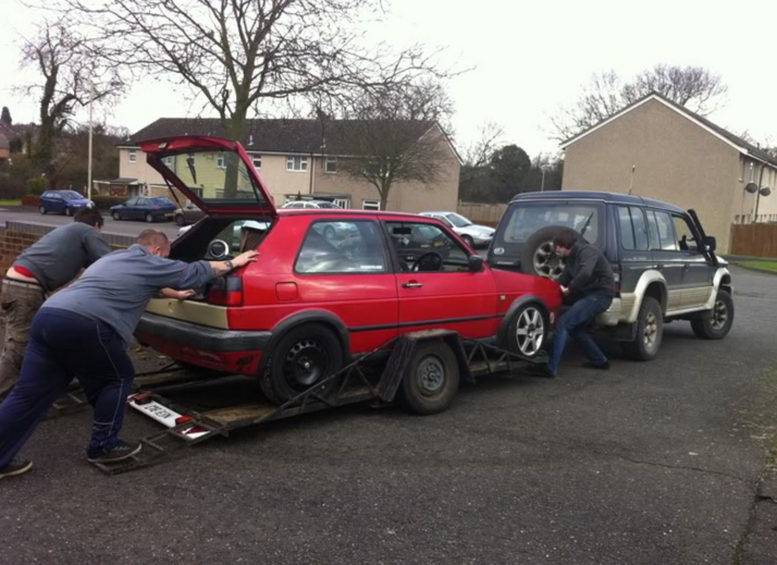
4. Is it all there?
This bit’s crucial, especially if you’re buying something old and rare because often unfinished projects get scavenged of all the good bits and replacing them can prove a nightmare. It’s plain and simple; you need to ask the owner if any parts have been taken off, what bits are missing and ask for photographic evidence (even if the parts are in boxes having been removed) if you suspect they are being economical with the truth.
5. What’s been done so far?
Find out what jobs have already been done. And, if necessary, ask to see some photos. So, for example, if a vendor says a Beetle floorpan has been worked on, enquire whether it’s had new sections, a complete floorpan, or whether it’s been done like a patchwork quilt. Likewise, if the engine of an unfinished project’s been rebuilt, ask what new parts went in. Try to get as clear a picture as possible of exactly how far they got, and what standard of workmanship they’ve aspired to.
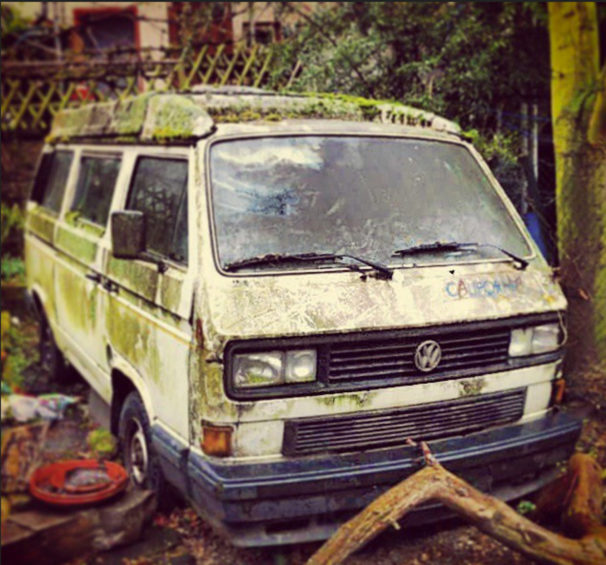
6. What needs doing?
There’s often a good reason why people part with their projects, and one is that they’ve bought it on a whim and since discovered it needs more work than they first thought. We’ve all been there. A car that looks good superficially can often be a rot box underneath. You only find out once you start taking things off, which explains why most unfinished projects get sold with a garageful of accompanying bits in boxes…
7. What parts come with it?
Often people buy a restoration project, go on a spending spree buying parts, then lose interest when it comes to actually getting their hands dirty. It’s not uncommon for them to buy different wheels, various upgraded parts that they thought they might have needed, and even pots of paint to spray on it when it was finished. The key here is to get the seller to provide a complete list of what’s included in the sale then you can decide what to keep and what to sell. If there’s a decent quantity of surplus items, you will make enough money selling them to fund subsequent work on the project.
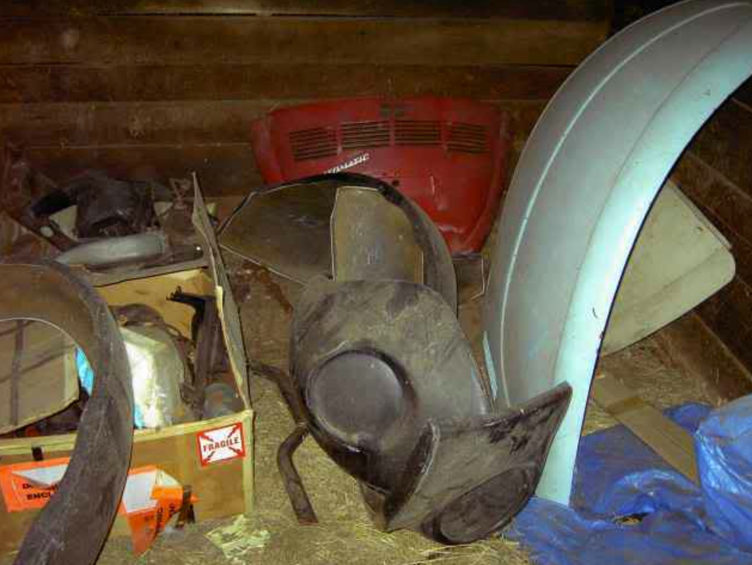
8. Has it got paperwork?
Always ask if the vehicle is in the seller’s name and that they’ve got a V5. Buying a vehicle in bits without the proper documentation is a recipe for big headaches when you finally get it finished and try to get it registered. You can find out all you need to know here.
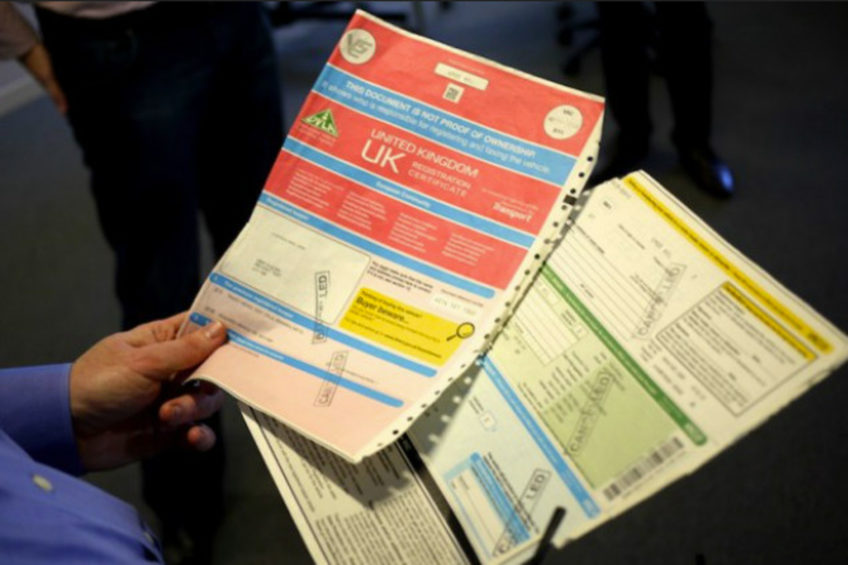
9. Is it worth it?
Rebuilding an old VW is likely to become a labour of love, so before you take the plunge, do a few sums. Assess what needs doing, what parts you’ll need, what work you can do yourself to see if it’s really worth it. Assuming there’s not sentimental attachment (because it’s difficult to put a price on that) it might be worth buying a pristine vehicle in the first place.
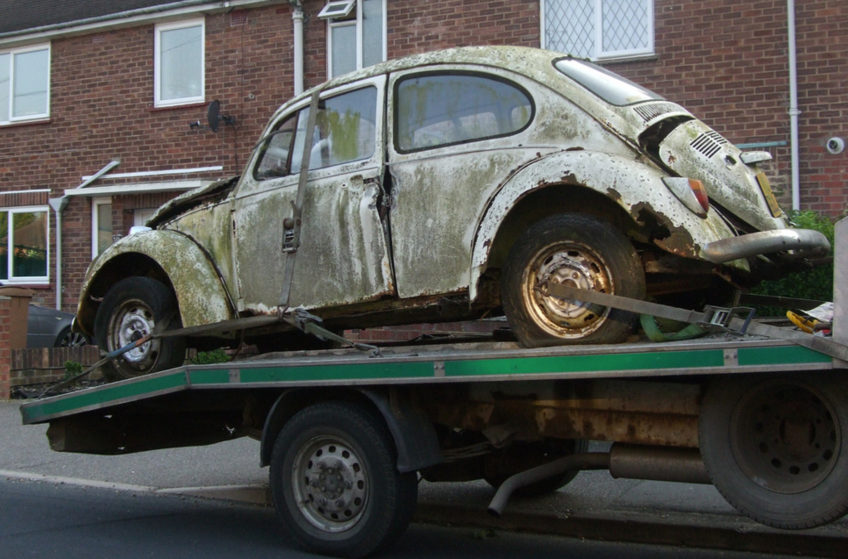
10. Why shouldn’t you do it?
Finally, do a quick list of pros and cons to ensure the positives of taking on the unfinished project you’re considering outweighs the negatives. In short, don’t let your heart rule your head and avoid getting too carried away. After all, there’s always likely to be another, possibly better, unfinished project that needs rescuing further down the line…
Ian
The opinions expressed here are the personal opinions of the author and do not necessarily represent the views and opinions of VW Heritage

